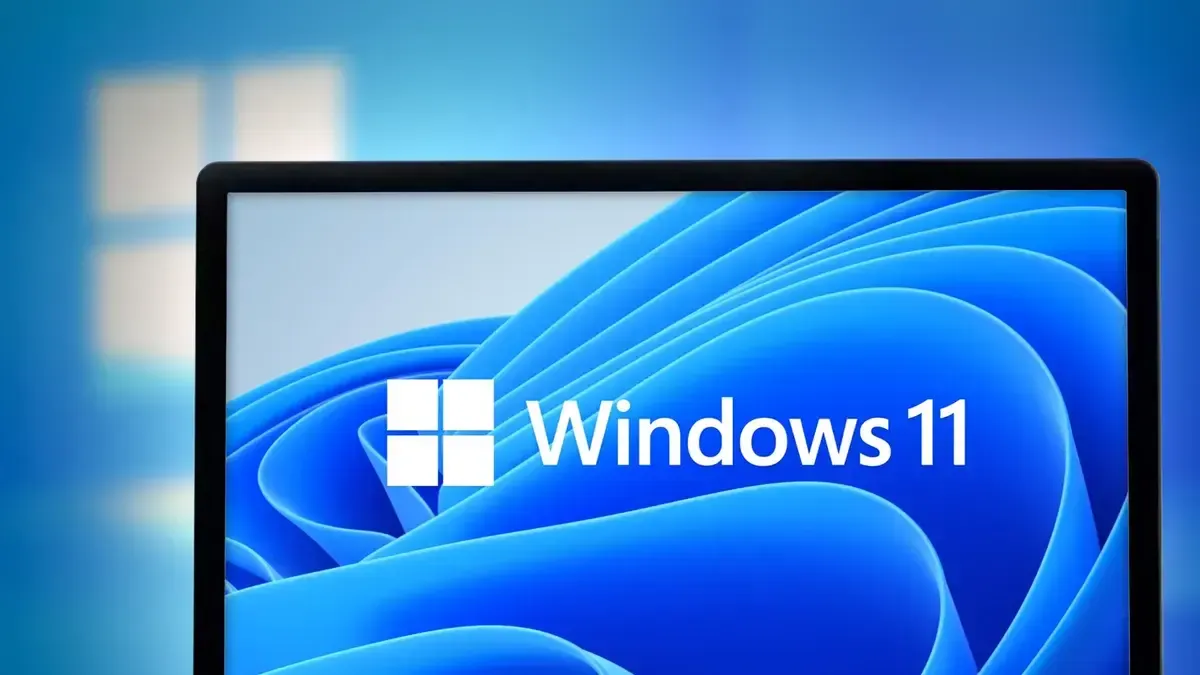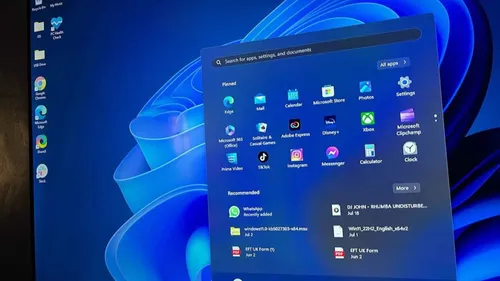Microsoft could block the installation of Windows 11 24H2 on old PCs
newsTuesday, 13 February 2024 at 05:27

For users pushing the boundaries of compatibility, running Windows 11 on unsupported hardware might soon become a distant memory. Microsoft's next major update, Windows 11 24H2, slated for later this year, reportedly introduces a new hurdle: the POPCNT instruction requirement. This potentially cuts off a swathe of older machines from receiving the upgrade, particularly impacting businesses with extensive existing hardware infrastructure.
Previously, bypassing the minimum requirements for Windows 11, including the TPM 2.0 chip, wasn't too difficult. Tools like Rufus allowed installation even on incompatible systems. However, the 24H2 update appears to be changing the game.
Is Your PC Compatible with Windows 11 24H2 Update? Check the Requirements Now
POPCNT: The New Gatekeeper
The POPCNT instruction, short for "population count," allows efficient counting of set bits in a computer word. While seemingly innocuous, Microsoft reportedly now utilizes POPCNT in core system files across the kernel and drivers. Without this instruction, booting might be impossible.
The good news? Only "very" old machines are affected. Processors supporting either SSE4.2 or SSE4a instruction sets, introduced around 15 years ago, can handle POPCNT. This excludes very dated CPUs like Intel Core 2 Duo and earlier AMD processors. However, for businesses clinging to reliable but aging workstations, this presents a challenge.
Windows 11 24H2: Impact on Businesses with Older Hardware
The Windows 11 24H2 update's POPCNT requirement throws a wrench into upgrade plans for businesses heavily reliant on older hardware. Replacing entire fleets of computers can be a significant financial burden, disrupting workflows and productivity. While individual users might shrug and stick with the supported Windows 11 23H2 version until its 2025 end-of-life, businesses face more complex decisions.
Potential Consequences for Businesses:
- Upgrade Costs: Replacing large numbers of machines due to incompatibility presents a substantial financial hurdle, especially for smaller businesses. Balancing upgrade costs against potential security risks and performance gains becomes a critical decision.
- Disruption and Downtime: Migrating data and applications to new machines takes time and resources, leading to potential downtime and productivity losses. Careful planning and phased rollouts are crucial to minimize disruption.
- Security Concerns: Sticking with unsupported hardware exposes businesses to potential security vulnerabilities that future updates might patch. Balancing the cost of upgrades with the risk of security breaches requires careful evaluation.
- Reduced Performance: Older hardware might struggle with the demands of newer software, leading to performance bottlenecks and hindering employee productivity. Upgrading can lead to efficiency gains and a smoother user experience.

Alternatives and Considerations:
Businesses facing the 24H2 incompatibility dilemma have several options:
- Upgrade Hardware: This is the most straightforward solution, ensuring compatibility and potentially boosting performance and security. However, it's often the most expensive option.
- Stay on Windows 11 23H2: Until its 2025 end-of-life, Windows 11 23H2 remains secure and supported. However, businesses miss out on potential security and performance improvements in newer updates.
- Explore Alternative Operating Systems: Consider lightweight Linux distributions or cloud-based solutions that might perform well on older hardware. However, migrating data and applications can be complex, and compatibility with specific business software needs careful evaluation.
Conclusion:
The Windows 11 24H2 update's POPCNT requirement presents a challenge for businesses with older hardware. Carefully weighing the costs, security implications, and potential performance gains is crucial before making a decision. Exploring alternative solutions and planning upgrade strategies are essential to navigate this update smoothly and minimize disruption.
Popular News
Latest News
Loading


![[Super Easy] How to restore WhatsApp backup from Google Drive 2024?](https://r.testifier.nl/Acbs8526SDKI/resizing_type:fill/width:256/height:170/plain/https://s3-newsifier.ams3.digitaloceanspaces.com/gizchina.com/images/2025-06/restore-whatsapp-backup-from-google-drive.jpg@webp)